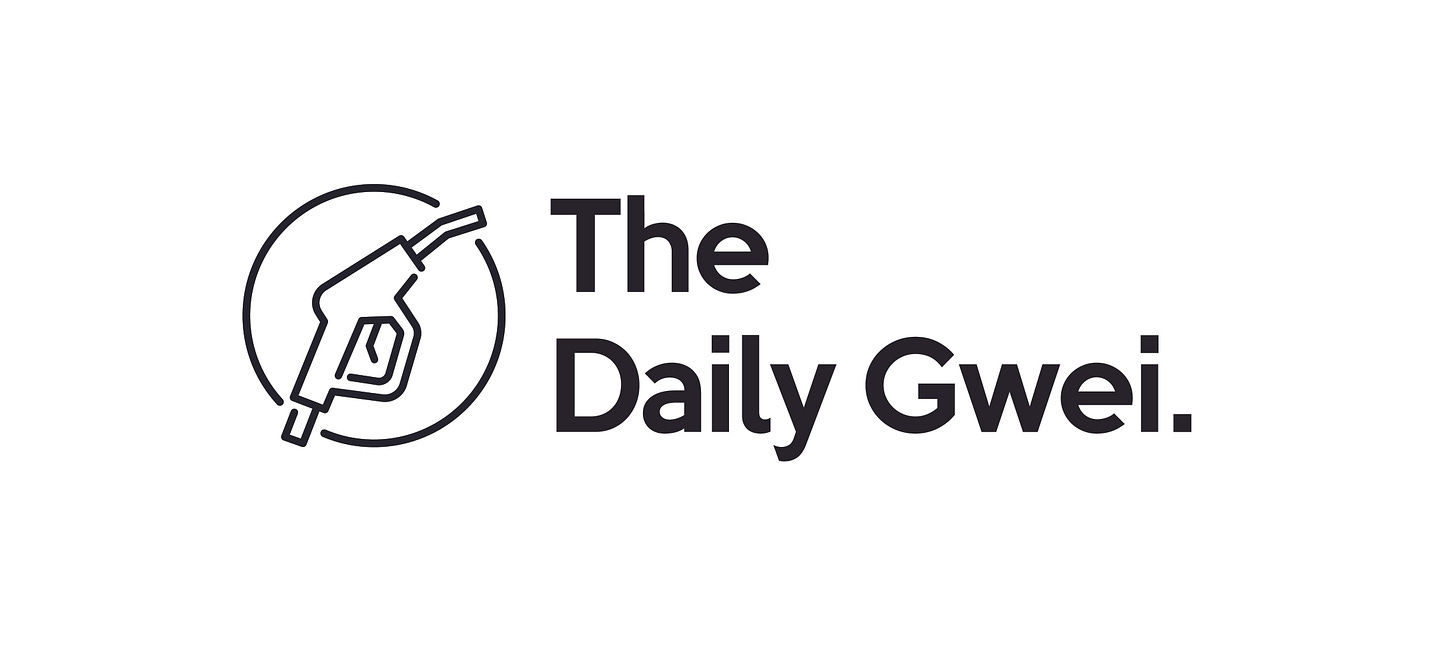
There are currently two grand experiments playing out in the crypto space - that being the Bitcoin & Ethereum networks and their respective protocol currencies. Even though both BTC and ETH are considered the “blue chips” of the crypto asset class, they are taking very different paths in their quest for dominance.

I put this tweet out in January of 2020 and what I’ll be doing in this piece is laying out what I mean by each of the dot points I listed. I don’t think anything has changed for Bitcoin and Ethereum since that tweet which is actually really cool - it shows that their narratives having staying power which further solidifies them in people’s minds. Alright, let’s jump in.
Bitcoin
Proof of Work
Proof of Work in Bitcoin uses expensive hardware (miners) and lots of electricity to solve complicated math problems in order to come to consensus on the Bitcoin blockchain. This “work” is rewarded with freshly minted BTC - commonly referred to as the “block reward”. Additionally, miners are rewarded in any transaction fees that were paid during the last block.
Hard Cap Issuance Schedule
Bitcoin’s monetary policy was codified from genesis with a cap of 21 million BTC and is held in place by a social contract. The issuance schedule was also set to halve every 4 years - commonly referred to as “the halvening”. This means that at a certain point in time (and assuming nothing changes), there will be no more BTC issued by the Bitcoin network.
Crypto-banks and the Lightning Network
Bitcoin is embracing 2 main approaches in order to scale - using layer 2 solutions like the Lightning Network and using so called “crypto-banks” (centralized services/exchanges) which are also commonly referred to as “sidechains”. There are a few other lesser known solutions that are still being actively researched and developed.
Long-term Security
As the supply of newly minted BTC halves every 4 years, Bitcoin’s long-term security will eventually have to rely on transaction fees to make up for the decline in block rewards. As it stands today, transaction fees only make up a small portion of the total revenue that miners generate from the Bitcoin network.
Store of Value/Global Money/Macro Hedge
BTC is further along in its journey to financialization than ETH but it is still not considered a “store of value” or “global money” by most of the world’s population. Though, the narrative of BTC being used as a “macro hedge” is starting to emerge in some circles.
Ethereum
Proof of Stake
Instead of using expensive machinery and exorbitant amounts of energy, Ethereum will instead switch to a Proof of Stake consensus engine in eth2 in which the software to validate can be run on a home PC.
Low Perpetual Issuance
Ethereum’s monetary policy was not codified from genesis and has evolved over time - it is also held together by a social contract called “minimum necessary issuance” which posits that the protocol should only pay out enough rewards to secure the network.
Eth2 will have low perpetual issuance (most likely less than 1%) in order to pay validators to stake their ETH and come to consensus on the state of the network. This issuance is dynamic and can vary depending on how much ETH is currently staked.
Sharding, Layer 2 and DeFi
Like Bitcoin, Ethereum will also be relying on layer 2 technologies to scale and currently has a suite of options for projects to choose from. Additionally, in eth2, Ethereum will be scaling via sharding which can be coupled with these layer 2 solutions. Lastly, instead of embracing scaling via crypto-banks or centralized solutions, apps on Ethereum will be scaling through secure layer 2 constructions.
Fee Burning (EIP-1559)
Once EIP-1559 is deployed to Ethereum, a portion of every transaction fee (paid in ETH) will be burnt leading to deflationary pressure on the total ETH supply. If enough fees are burned, this may lead to the ETH supply going net negative (in both eth1 and eth2). Additionally, due to eth2 having perpetual issuance, stakers do not have to rely on fee revenue which means the Ethereum 2 network can secure itself via block rewards only.
Store of Value/Global Money/Macro Hedge
Even though ETH is a crypto “blue chip”, it is still behind BTC in its financialization which means it is lagging in its “store of value” and “global money” status. As for ETH being considered a macro hedge - it is again pretty far behind BTC in the public’s eye. Though I do believe that ETH will catch up quickly to BTC over the coming months.
So there you have it - a breakdown of the two grand experiments that will be playing out over what could potentially be decades. I don’t consider any other crypto-network or asset to be in the same league as Bitcoin or Ethereum nor do I think one will emerge in the future. It’s extremely hard to grow a crypto-network and it’s even harder for a non-sovereign asset to become a global money/store of value so I believe that BTC and ETH are the only ones that even have a chance.
Have a great day everyone,
Anthony Sassano
Enjoyed this piece? You can get a fresh one sent straight to your inbox every week day by simply hitting that subscribe button below!
All information presented above is for educational purposes only and should not be taken as investment advice.



